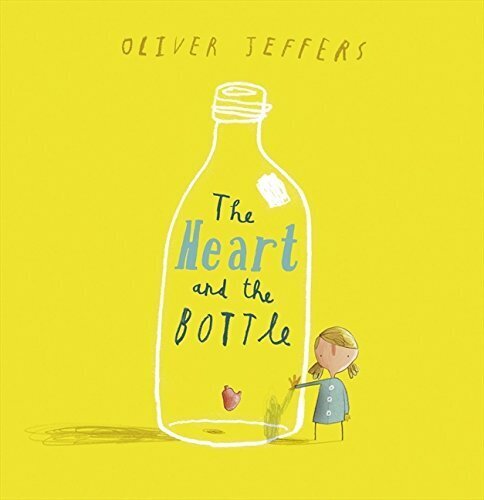For me reading has always been an escape; igniting the imagination not only to what has happened, but to places and events that could never exist. It was much later that I found that books could help us cope with the struggles in our own lives. Books allow exploration at the time and place of the readers choosing- giving those reading them the ability to access the support when they are ready. Below are my top five books I use when exploring bereavement with young people.
5. The Huge Bag of Worries (Virginia Ironside; ISBN 978-0-340-90317-9). The book shows not only how our worries and stresses grow but also how we can learn to share them. The book also shows our worries as an ever expanding bag. This allows young people (and the adults around them) to reflect on “what’s in the bag” as a really useful way to start conversations about their stresses and worries. The book also allows us to reflect and acknowledge the other stresses in young peoples lives that may sit alongside the loss but may be no less potent in causing distress.
4. Someone Has Died Suddenly (Mary Williams; ISBN 978-1-906409-09-8). The strength of this book is that it is designed to be read together with parent/ carer and child together. Much like my previous entry it begins a conversation which is hard, but necessary to have. It covers a wide range of circumstances that may not be applicable to all loses but certainly of use to those who are experiencing them. It also provides the tools necessary for those deal with the loss. And yet again starts an important conversation with the support of useful information that may not otherwise be available in a child appropriate way.
3. Sometimes Life Sucks. (Molly Carlile; ISBN 978-1-74237-188-7). Books for teenagers experiencing the loss of someone can sometime be hard to find. This book covers a wide array of losses and does so through a short story format that not only personalises the story but gives permission to explore things to a greater depth because of this. Each chapter is followed by practical advice to empower the reading to make their own decisions; and like other entries on the list, it also gives tips to help cope. The short chapters allow readers to dip in and out at their choosing.
2. Badger’s Parting Gift. (Susan Varley; ISBN 978-1-84939-514-4). This book has poignant memories for me. It was the first time that death was addressed in a way I could understand as a child and the reaction it invoked in me. It not only addresses the communal sadness experienced by people it also highlights the enduring connection, and the happiness that creates, with those that we have lost. The recognition of those two juxtaposed ideas plays an important part with loss and helps us to acknowledgement the wide array of confusing feelings we can experience.
The Boy, the Mole, the Fox and the Horse. (Charlie Mackesy; ISBN 978-1-52910-510-0). Firstly, this book is not strictly about loss or grief. Also, unlike the other entries on the list the illustrations play a central role in why this book is my favourite as cover to cover is full of beautiful drawings. It is not on its aesthetics that this book wins but on the simplicity of its messages. It sets out to reassure the reader of the fullness of human life and experiences our reactions to it. It also repeatedly puts self-acceptance and self-compassion at its core. In writing this it seems unlike to a number of my previous entries in that it does not set out to give tips or educate its reader but to be confident in letting them be and experience. In this way it perhaps reflects my views as a counsellor in which giving space for people to do this is central in reducing distress.




















